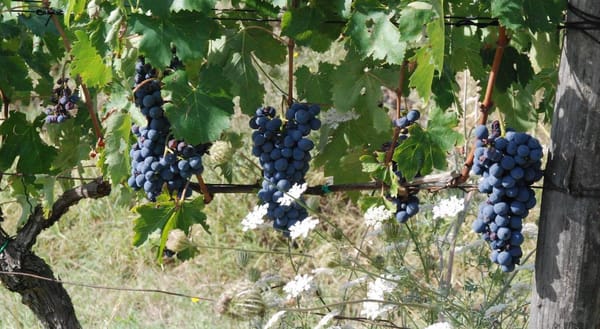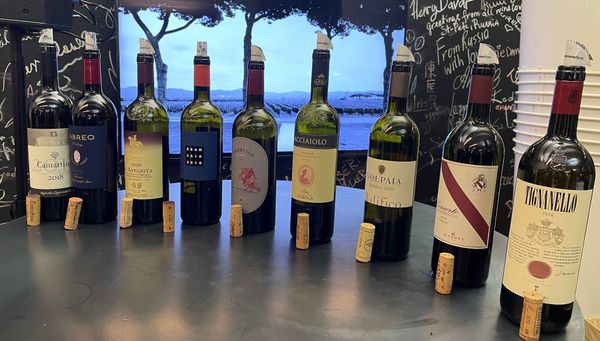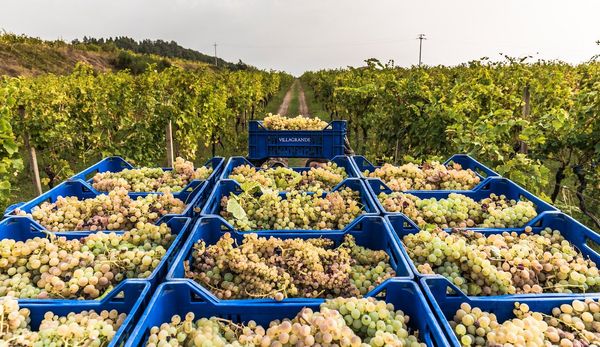Paul Caputo looks at the latest releases from Champagne Gosset

Gosset is a winemaking name that goes back to 1584 and as such, is the oldest house in the Champagne region. It's an awe inspiring heritage and one rarely acknowledged since their origins predate the invention of the world's favourite fizz. Yet back in the 16th and 17th centuries, the red varieties of Pierre Gosset adorned the table of the King of France and were enjoyed alongside the esteemed wines of Burgundy.
Today the firm is owned by the Cointreau family who by all accounts maintain a hands on approach. Located in the tiny Grand Cru village of Aÿ, 5 kilometres north of Epernay, the house now produces upwards of 1.3 million bottles a year. It's a big operation but relatively small compared with the annual production of the Grand Marques.
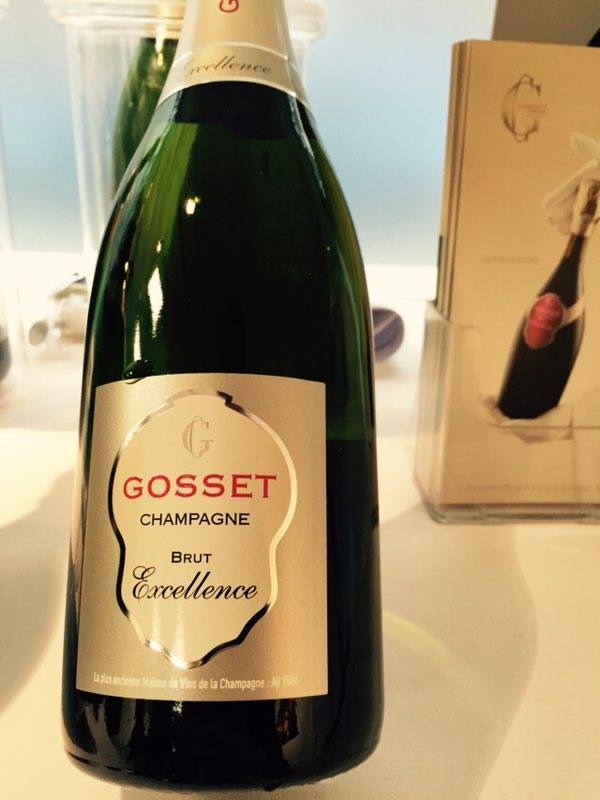
Although Champagne Gosset own relatively little of the vineyards that produce the fruit for their wines, they work with over 300 growers and are constantly in search of others to improve the overall quality of their brand. Grapes for all three varieties are sourced from most of the Grand Cru villages, which so the claims goes, allows for greater flexibility in vintage to vintage.
The key thing about Gosset's Champagne is the deliberate avoidance of malolactic fermentation in the base wines so as to avoid any characteristics that detract from the natural personality of the grape. This in turns leads to a house style that is dry and creamy, full of biscuity notes and alive with prominent, racy acidity.
As part of the Louis Latour portfolio tasting in London recently, I had the opportunity to taste through their range of current releases, including the 2004 and 2006 Grand Reserves, as well as taking the rare opportunity to look at the evolution of two mature Grand Reserves with dominating vintage components from both 1982 and 1985.
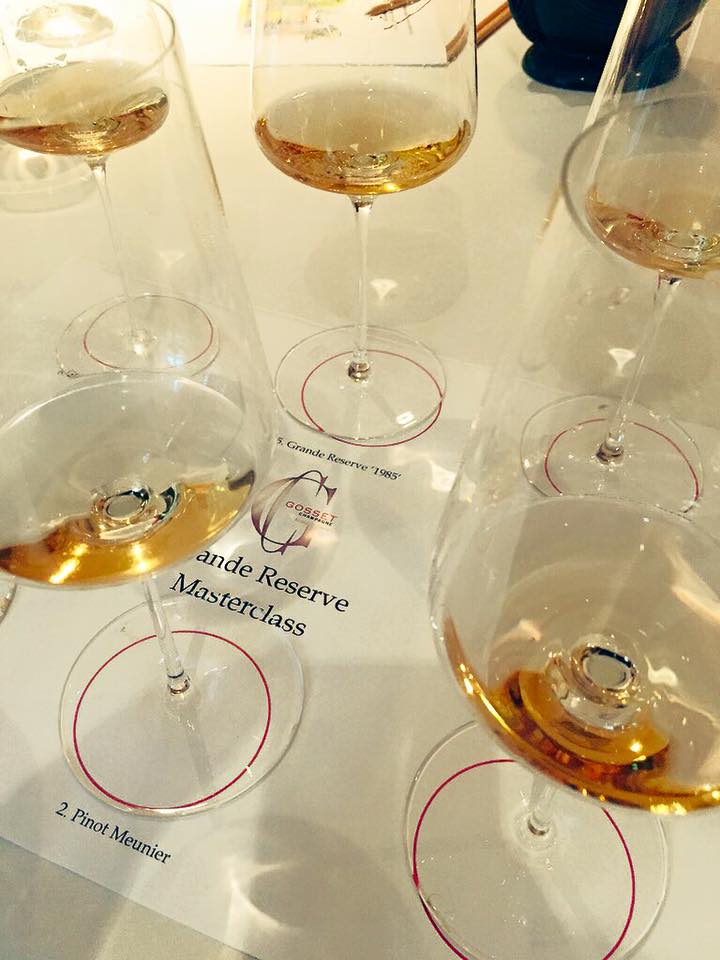
In addition, I tasted through the three base wines that constitute the current 'Grand Reserve' (2007). One rarely gets the chance to taste Chardonnay, Pinot Meunier and Pinot Noir wines before they have been blended and so analysing these individual components is a fascinating task and one that reaffirms why the art of blending has become so important in Champagne.
Tasting the base wines in this way gives real insight into the extent to which each grape variety imparts their own characteristics into the final blend. The Chardonnay for example, when tasted separately, exuded abundant green apple and ripe tree fruit flavours, while Pinot Meunier was powerfully aromatic and perfumed. The Pinot Noir, while aggressively acidic, left no doubt as to its significance in providing body and structure.
The most striking thing about all of the Champagne Gosset wines was the undeniable freshness. There was no sign of oxidation or decline in the older wines, while the current releases were very much examples of clean, modern wine making that places emphasis on striking the balance between fruit, aroma and ensuring that crucial backbone of fresh acidity.
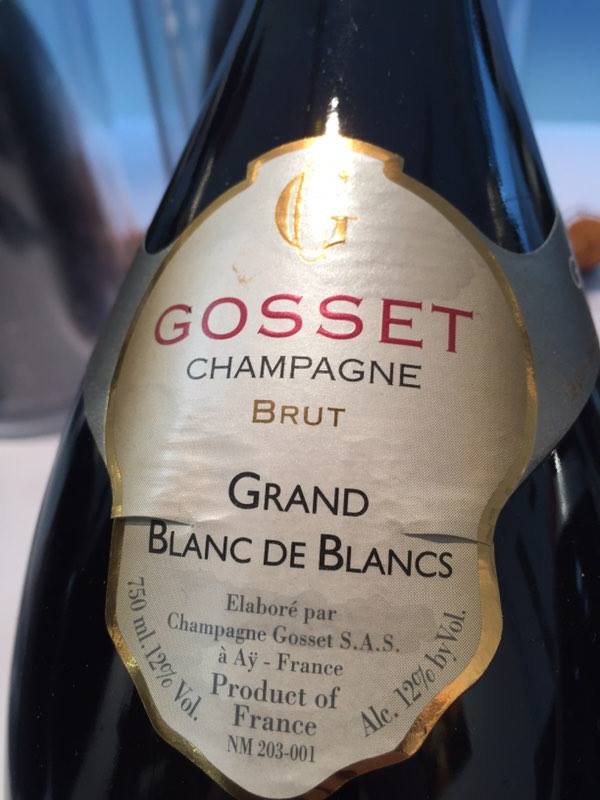
Champagne AOC NV 'Excellence' by Champagne Gosset
Touch of cooking apple on the nose; neat and refined with a crisp, refreshing mousse. Through the elegance flows a subtle note of floral fragrance, suggestive of wisteria and honeysuckle.
Champagne AOC NV 'Grande Reserve' by Champagne Gosset
Clean, polished bouquet of apple and mellow citrus reveals a creamy palate with notes of almond and melba toast. Elegant and sophisticated.
Champagne AOC NV 'Grand Blanc de Blancs' Brut by Champagne Gosset
Moorish and admirably refined. Lots of complexity, showcasing tree fruit, floral overtures, exotic peach as well as yeasty autolytic character.
Champagne AOC NV "Grand Rose' Brut by Champagne Gosset
Wild berries and undergrowth lead an elegant but aromatic nose, while in the mouth notes of crushed strawberries, raspberries and summer fruits dominate, before finishing with lingering silky opulence.
Reserve wine sample in which 1982 was the dominant vintage component
Enticing ethereal aromas of yeast and biscuit on the nose, very complex and moreishly savoury. In the mouth the bubbles remain refined and elegant but with impressive vibrancy. It lingers long with a mature finish of toast, almonds baked bread.
Reserve wine sample in which 1985 was the dominant vintage component
Rich toasty aromas come through on the nose with gentle nuances of toffee and hazelnut. A smoky, mature note of brioche opens the palate up to long, lingering complex notes of caramel, yeast, bread and almonds. The fruit is mature and subtle but deceptively fresh. Elegant and refined, it's testament to the ageing potential of the blend.

